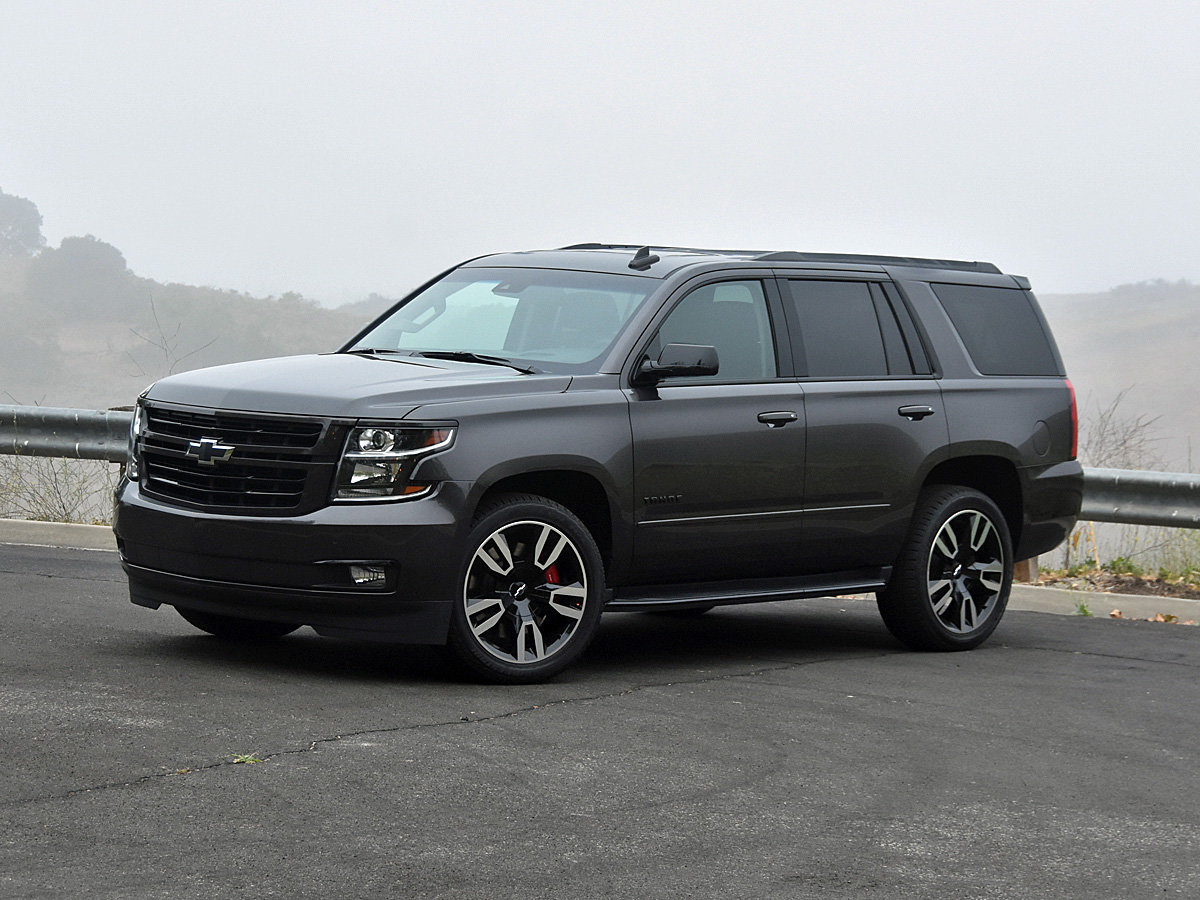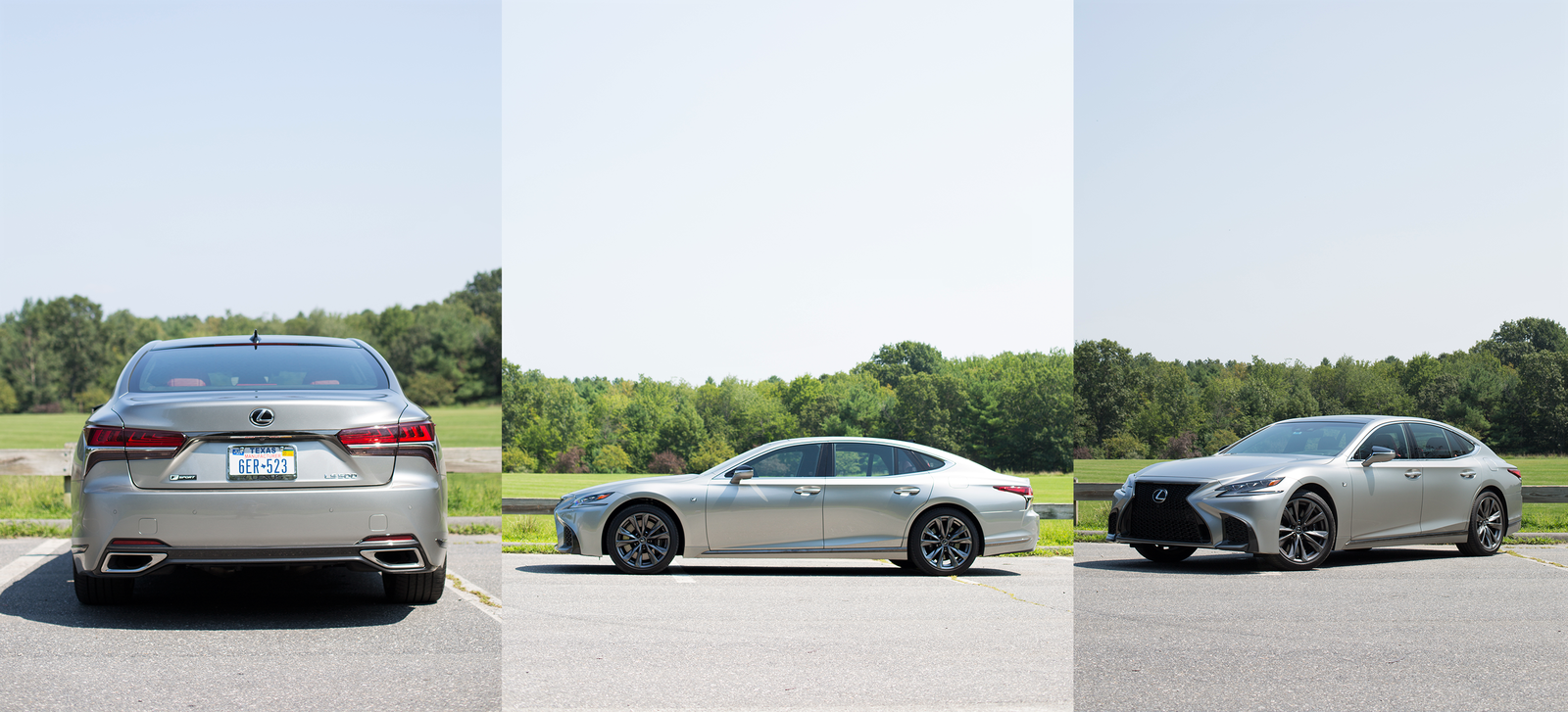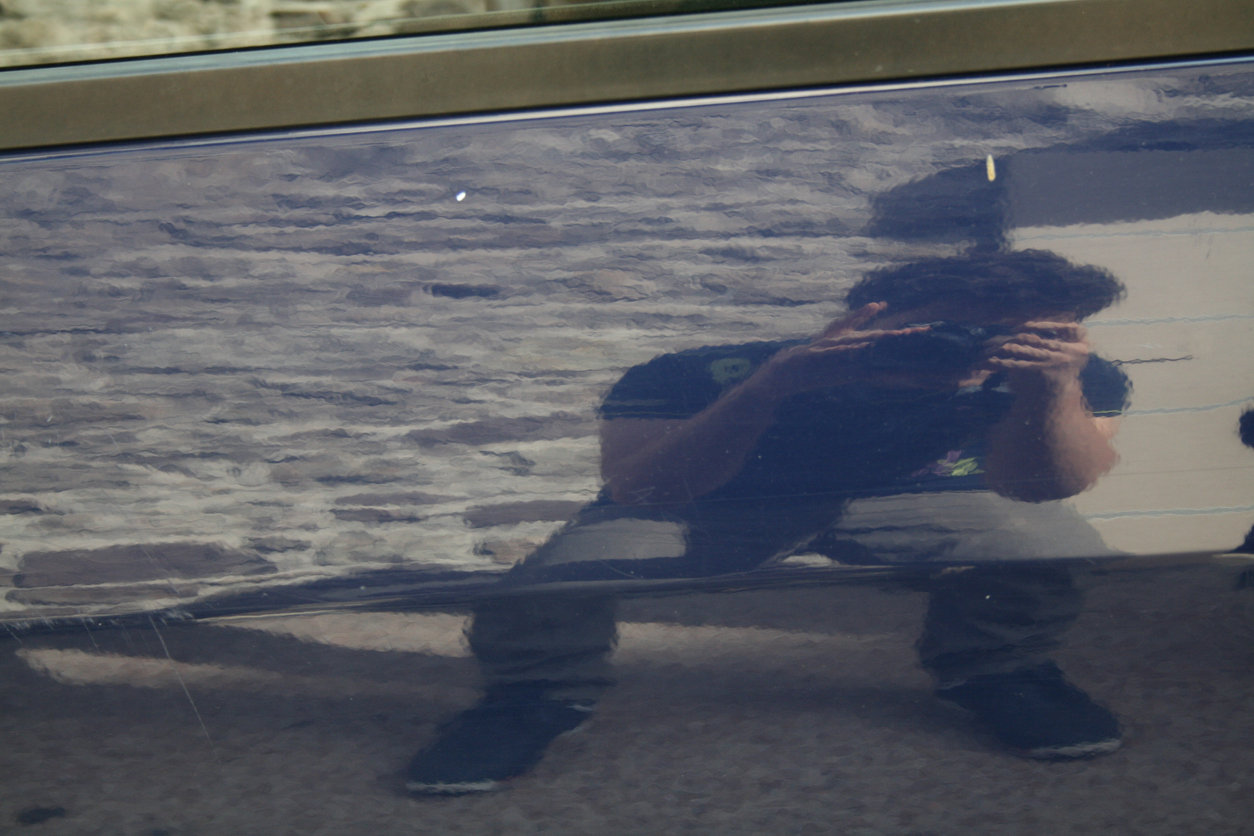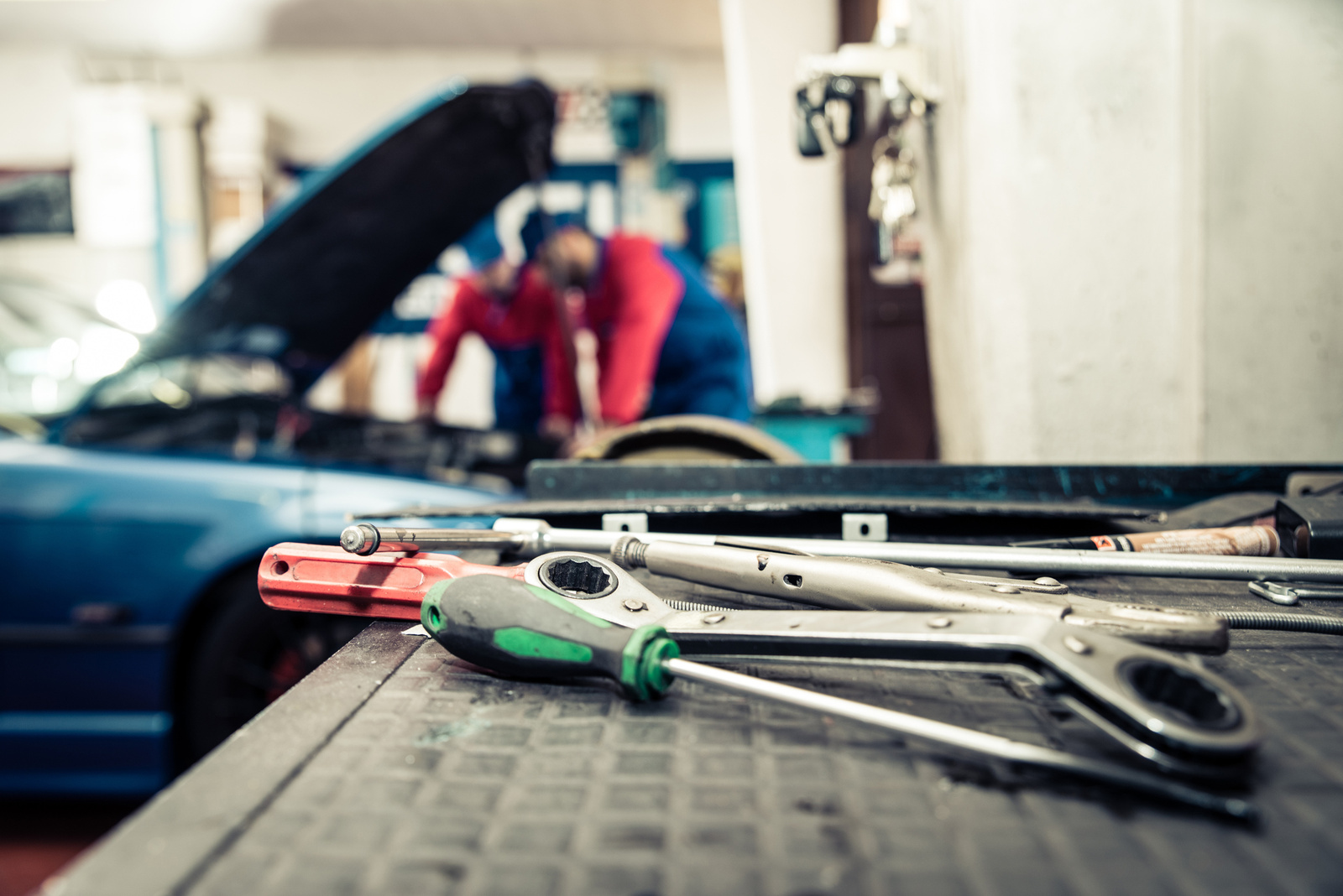There's nothing hugely difficult about photographing your car to advertise it for sale. This makes it all the more surprising that people don't always get it right.
To help you avoid making common mistakes when it comes to taking pictures of cars, we've outlined five top tips. After all, it's no secret that a stellar listing can help speed up your sale, and one of the most important parts of that listing is the photography. But before you even think about taking a photograph of your car, the first thing to do is clean it inside and out. Then, once you've got your car spic and span and ready for its close-up, you'll be prepared to check out our tips for taking photos of a car you need to sell.
How to Photograph Your Car for Sale
- 1. Use Your Smartphone
- 2. Choose the Right Light
- 3. Shoot Plenty of Angles
- 4. Photograph the Scratches, Dings, and Dents
- 5. Watch Out for Reflections
1. Use Your Smartphone
A current-generation smartphone can handle car photography easily. Cell phone cameras now include advanced features like multiple lenses, high dynamic range, autofocus, and image stabilization. You don't need an expensive camera to take photos of your car. However, if you want to take it a step further than your iPhone or Android phone, a decent digital single lens reflex (DSLR) camera will allow you to set longer exposures and give you more control over the depth of field. Just beware of using pictures that look too professional. Shoppers in the market for a used car for sale by a private owner won't be expecting professional car photography, so over-produced photos may make some potential buyers suspicious.
Resist the urge to over-edit your photos, too. Those cool filters look great on Instagram, but you're posting for sale, not for "likes."
2. Choose the Right Light
Good lighting, which means plenty of illumination without harsh shadows, makes the difference between good and bad car photography. Typically, the best natural light occurs while the sun rises or sets, so plan your shoot for one of these times. During these "golden hours," the sun is low, so the color of the light appears more on the yellow end of the spectrum, giving everything a natural hue. In addition, the sun isn't high enough to create a glare on your car's shiny, reflective surface.
It may seem counterintuitive, but cloudy days are also great for shooting photos of a car you need to sell. Cloud cover gives the light an even dispersion, and these "flat" conditions are excellent for car photos.
Unfortunately, the direct sunlight you get at noon on a clear day is not your friend when it comes to outdoor car photography. You should also try to avoid shooting in very low-light conditions when you'll likely end up with grainy or poorly lit images. True, a professional photographer may be able to manage less-than-ideal light with slower shutter speeds or by manipulating other camera settings, but we're operating on a budget here.
3. Shoot Plenty of Angles
A shot of the vehicle's front quarter, showing the grille and the front of the car and pointing toward the right or left forward fender, is a car photographer's classic for a reason. But don't stop there. Different angles will give you options.
When taking photos of a car you need to sell, pretend you're following a compass and shoot every 45 degrees (North, Northeast, East, Southeast, South, Southwest, West, and Northwest). Get the tires, rear and front wheels, and, whenever possible, the underside of the vehicle. Avoid the typical dealership used car photography by crouching down and trying some low angles below your normal eye level.
Remember to take interior shots. If your upholstery is dark, be sure your phone's camera focuses on the seats or shoot during the "golden hour.". You can also open the doors and sunroof (if you have one) to get as much light inside as possible.
When taking pictures of your car, be sure to shoot the dashboard, front seats, rear seat, trunk, steering wheel, odometer, engine bay, and any special features or performance upgrades. And if you do have a sunroof, be sure to take a photo of that, too.
4. Photograph the Scratches, Dings, and Dents
CarGurus believes transparency helps sell cars, so if your vehicle has scratches, dings, or dents, be sure to include car photography that shows them to potential buyers. This guidance is true whether you're selling a car to a private party or a dealer.
Include a ruler to show the size of the damage, as potential buyers will appreciate the honesty. After all, you are trying to sell a used car, not one in showroom condition. It's natural to want to make your car look good, but it's more important to portray it accurately. There's no need for Photoshop here.
5. Watch Out for Reflections
Remember: Shoppers want to see the car for sale, not you, other vehicles in the area, or nearby trees, signs, and buildings. Your reflection in one of your photos can be distracting for a shopper. Reflections of other vehicles can also result in low-quality pictures.
When taking photos of a car you need to sell, avoid shooting at a brighter time of day, and ensure the vehicle you're taking pictures of is the only one in the immediate area. Put an empty field or parking lot, a beach or open desert, or some other landscape behind you when shooting photos of your car. Also, the source of illumination on the car should be at your back.
The background behind the vehicle should be simple, like trees, mountains, or the plain wall of a building. If you can capture a scenic view that does not come at the expense of proper vehicle illumination and the elimination of reflections on the paint and windows, go for it.
FAQs About Taking Photos of a Car for Sale
How many pictures should I take?
It's best to take photos of your vehicle from various angles; this includes the front, back, and side of the car. You'll also want to shoot not just the exterior but also the interior and possibly the wheels and underside of the vehicle. With that in mind, you should take at least 10 photos.
How do I take pictures of my car that will sell it?
When taking photos of a car you need to sell, the first thing to know is that it's essential to shoot the car from different angles to make it easier for buyers to get a clear picture of the vehicle.
Next, strive to capture flattering photos. Take your car photography in good natural lighting. Overcast days or the half-hour after sunrise and before sunset are the best times for your photo shoot. At these times, the sunlight is soft enough to bathe your car in a pleasing hue.
Avoid shooting at or around noon, unless it's cloudy outside. At this time, the sunlight creates harsh shadows that will not flatter your vehicle.
The final thing to remember is that it's vital to show your car honestly. Don't try to hide damage if it exists. Be upfront about it and reflect it in your car photography.
Can I hire someone to take pictures of my car?
Yes, you can hire someone to take photos of your car, but we don't recommend it. Photos taken by a professional car photographer typically look very polished. As a result, they might lead potential buyers to think they're stock photos, not photos of the actual vehicle for sale. Ultimately, that could make buyers suspicious and reduce the number of offers you get for your car.
Skip the Photos and Sell with CarGurus
If all of this sounds like too much, don't worry: you can sell your car with CarGurus, no photos necessary. Simply fill out a few details to receive multiple offers from local dealerships. Choose your top offer and we'll put you in touch with the dealership who will handle the rest of the sale.









